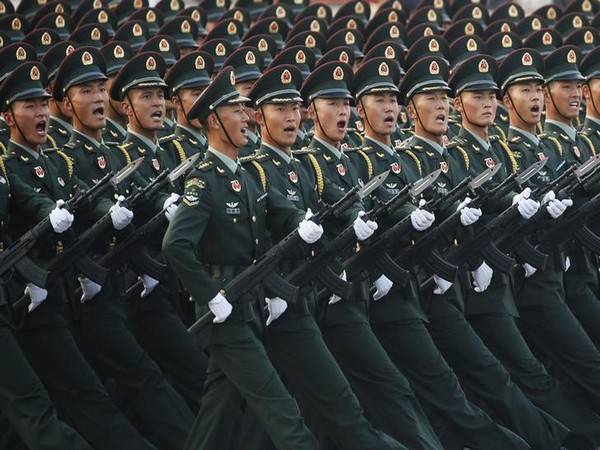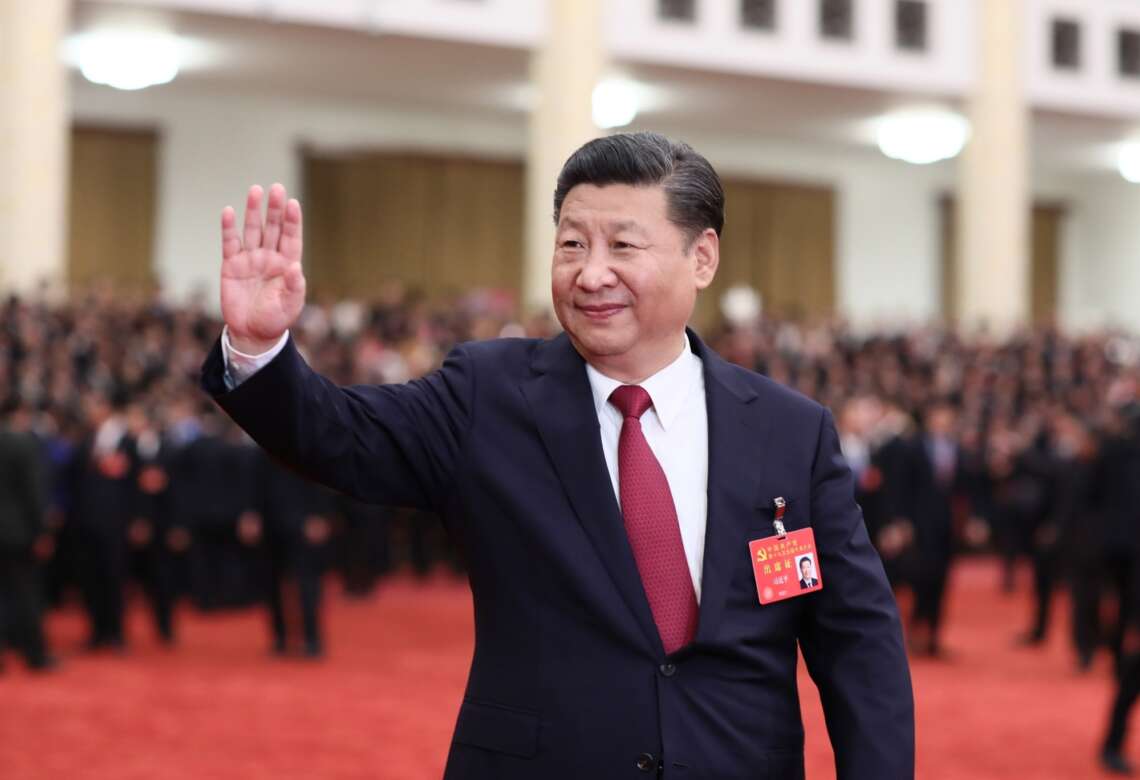In Xinjiang, the authorities have upgraded 15 airports in the last five years. Seven of them are military or dual-use facilities….reports Asian Lite News
China on the pretext of internal and external security threats is upgrading its military infrastructure along the western frontier in Tibet and Xinjiang.
New airports and heliports are being constructed or upgraded on a priority basis. Most of them will be military or dual-use facilities. The air facilities are being supplemented with the expansion of rail and road infrastructure to facilitate the logistics and troop movement capabilities of the People’s Liberation Army (PLA), reported Tibet Press.
As per Tibet Press, the biggest threat perception relates to China’s disputed border with India.
“China is supplementing these with four new airports in Tibet. Three of these–Lhuntse Airport, Ngari-Burang Airport, and Shigatse Tingri Airport–are positioned less than 60 km from the China-India border. The new facilities also fill large gaps along the Indian border where there were previously no airports. If PLA Air Force (PLAAF) units are based at these airports, China will gain several new nodes along the border to project air power into India,” according to a research paper ChinaPower.

In Xinjiang, the authorities have upgraded 15 airports in the last five years. Seven of them are military or dual-use facilities.
According to the research paper, “one such airport is Hotan Airport, a major dual-use airport located approximately 240 km from the western portion of the Line of Actual Control (LAC)”.
Significantly, it says, “less than 5 km southeast of the main airport area, a surface-to-air missile (SAM) complex is being upgraded, enhancing the air defenses at the airport and surrounding areas”.
There is serious investment involved in developing road and rail infrastructure in the two regions. According to official figures, “Tibet’s highway system grew 51 per cent between 2015 and 2020–from 7,840 km to 11,820 km–faster than the growth rate of any other province, region, or municipality”. Xinjiang’s network of highways has expanded at a fast clip as well, “growing from 17,830 km in 2015 to 20,920 km in 2020”.
The build-up is significant because not only are the Xinjiang and Tibet regions far-flung from China’s industrial east coast, they also border 11 countries with most of whom China has running disputes.

Xinjiang is important to China because of its Belt and Road Initiative (BRI) project and its intention to re-create the ancient Silk Road in order to find a new land route for Chinese products to enter Europe.
Xinjiang occupies a central position within the BRI and serves as a key link between China and its western neighbours, reported Tibet Press.
China has also beefed up “security cooperation with bordering countries–including Tajikistan, Afghanistan, and most recently Kazakhstan–with the aim of enhancing their domestic security and fending off instability that could spill over into China”.
Internally, China is concerned that either inimical foreign powers or local insurgents might foment trouble in Tibet and Xinjiang.
The movement for independence by the Tibetan people and the protests of Xinjiang’s Uyghur Muslims over Chinese oppression are the reasons for worry. What is more, both regions are autonomous regions in China with substantial ethnic minority populations, reported Tibet Press. (ANI)














